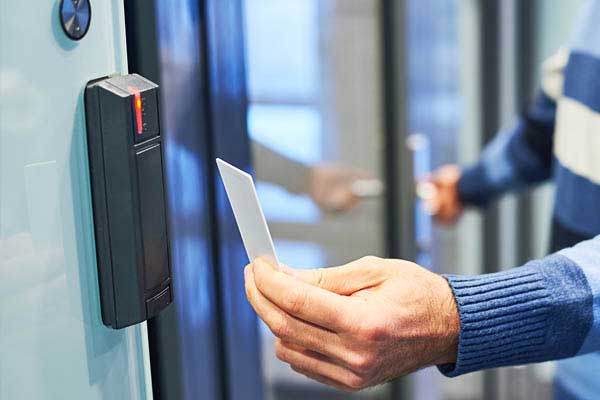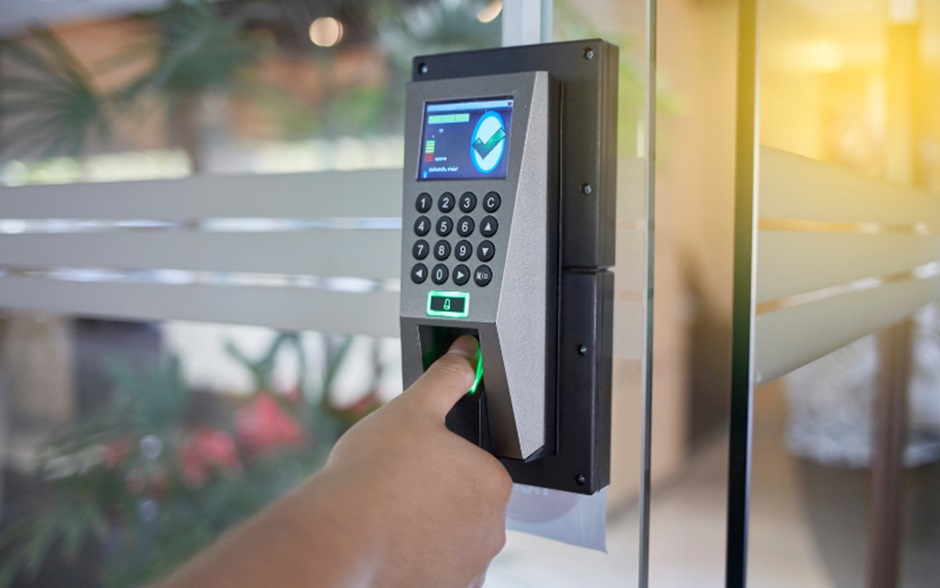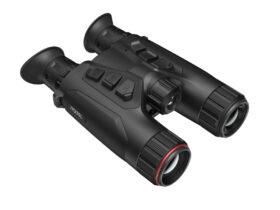Installing an office door access system in Singapore is vital for companies looking to improve security and simplify access management. However, this endeavour may come with a price.
Discover a thorough examination of the cost-effectiveness of these systems, focusing on financial impact, operational efficiencies, and security improvements.
Furthermore, explore the direct and indirect expenses, advantages, and lasting benefits of access control systems.
Direct Costs
1. Initial Installation Costs
The initial installation of an office door access system involves several expenses, including hardware, software, and labour. Hardware costs encompass access control readers, door locks, and controllers. Depending on the sophistication of the system, costs can range from SGD 1,000 to SGD 5,000 per door. Software costs include the access control management system, which can vary widely based on features and licensing models. Labour costs cover the installation and configuration, typically billed hourly.
2. Maintenance and Upkeep
Maintenance costs are ongoing and essential to ensure the system’s reliability. These include software updates, hardware repairs, and periodic system checks. Annual maintenance contracts can range from SGD 500 to SGD 2,000 per door. Regular upkeep is vital to prevent downtime and ensure the system’s longevity.
3. Training and Support
Training employees to use the new system is another cost to consider. While many access control systems in Singapore are user-friendly, initial training sessions and ongoing support are necessary. Training costs may be included in the installation package or charged separately.
Indirect Costs

1. Downtime During Installation
During the installation of an access control system, there may be temporary disruptions to normal business operations. This downtime can result in productivity losses, especially if installation occurs during peak business hours. Planning installations during off-peak hours or weekends can mitigate this impact.
2. Integration with Existing Systems
Integrating a new access control system with existing infrastructure, such as HR databases or building management systems, may incur additional costs. Custom integrations or upgrades to existing systems may be required, adding to the overall expenditure.
ALSO READ: Why Every Home and Business Should Have Door Access Systems
Benefits
1. Enhanced Security
The primary benefit of an office door access system is enhanced security. These systems provide controlled access to sensitive areas, reducing the risk of unauthorised entry. Businesses can monitor and audit access by logging entry and exit times, improving overall security posture.
2. Operational Efficiency
Access control systems streamline access management, eliminating the need for physical keys. This convenience reduces the risk of lost or duplicated keys and simplifies the process of granting or revoking access. Automated access logs enhance administrative efficiency, allowing quick responses to security incidents.
3. Cost Savings Over Time
While the initial investment in an access control system may seem substantial, long-term cost savings can be significant. Reduced need for security personnel, lower risk of theft or damage, and minimised downtime from security breaches contribute to overall cost efficiency. Additionally, modern systems with remote management capabilities can reduce the need for on-site support, further cutting costs.
Long-Term Value
1. Scalability and Future-Proofing
Access control systems offer scalability, allowing businesses to expand or modify the system as needed. Investing in a scalable system ensures that future growth or changes in security requirements can be accommodated without significant additional costs.
2. Improved Compliance
Compliance with security standards is essential for businesses in regulated industries. Access control systems help meet these requirements by providing detailed access logs and robust security measures. This compliance can prevent costly fines and enhance the company’s reputation.
3. Enhanced Employee Experience
Modern access control systems often integrate with other technologies, such as mobile access or biometric verification. These features can enhance the employee experience by offering convenient and secure access methods. A positive experience can improve overall employee satisfaction and productivity.
Conclusion
Implementing an access control management system requires thoroughly evaluating the associated expenses and advantages. Despite the notable upfront and continuous maintenance expenses, the enduring perks, such as improved security, operational effectiveness, and financial savings, are considerable. Through a comprehensive cost-benefit assessment, organisations can make well-informed choices that cater to their security requirements and economic objectives.
Visit iDLink Systems to take your office security to the next level!











